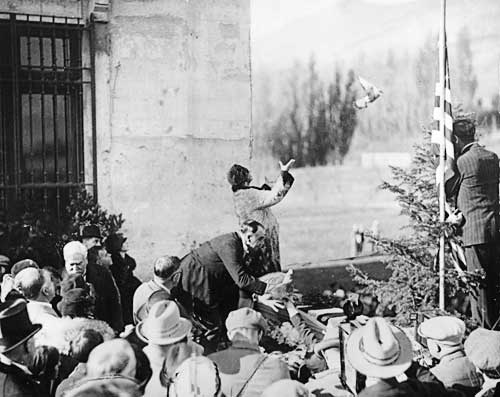
Queen Marie of Romania dedicating the still unfinished Maryhill Museum in 1926.
Eventually the world seems to show up on the doorstep of the Maryhill Museum of Art.
Which is a funny place for the world to show up, in this isolated concrete mansion overlooking the Columbia River Gorge in the semi-desert landscape of Klickitat County, Washington.
But look at the evidence. Marie, the bohemian queen of Romania, and Loie Fuller, the American dancer who was the toast of European arts circles around the turn of the twentieth century, were vital figures in the founding of the museum.
One of the museum’s signature collections is the ornate scenes of Theatre de la Mode, the post-World War II tableaux of design that helped get the French high-fashion industry back in gear and that features fantasies by, among others, the incomparable Jean Cocteau. Another important collection is the museum’s icon paintings, many from eastern Europe and Russia. It’s a long story, and worth hearing, but not right now.
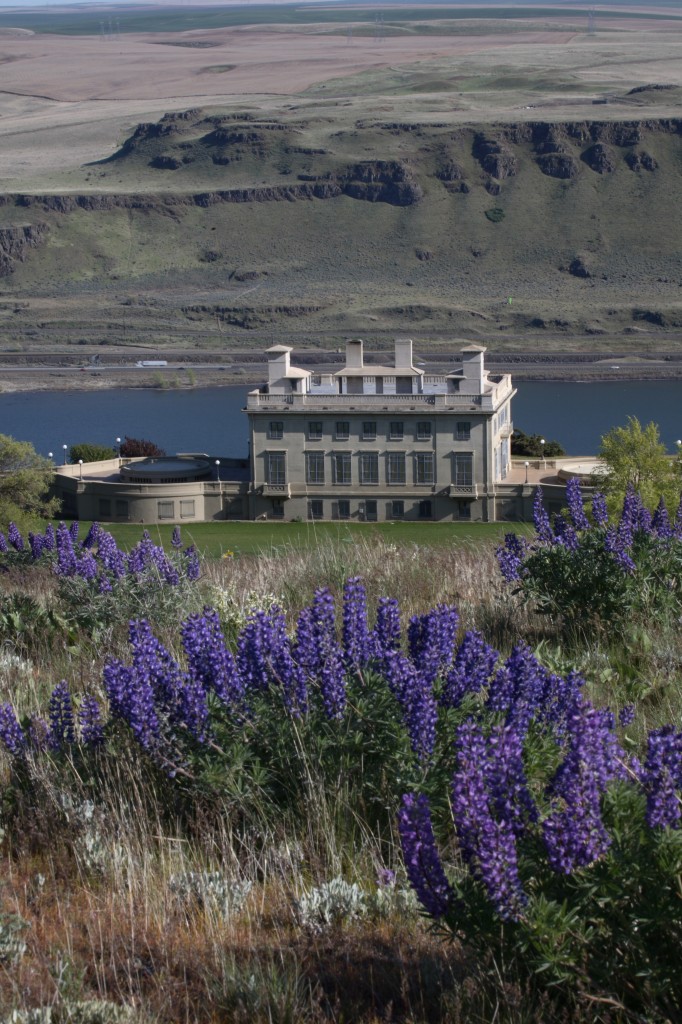 Partly because of weather and isolation, Maryhill is a seasonal museum, and it takes its annual break Nov. 15 before starting up again in spring, on the ides of March. That gives you a couple of weeks to make the drive out the Gorge: It’s a little more than 100 miles east of Portland, about the same distance as Eugene, but a much more interesting drive.
Partly because of weather and isolation, Maryhill is a seasonal museum, and it takes its annual break Nov. 15 before starting up again in spring, on the ides of March. That gives you a couple of weeks to make the drive out the Gorge: It’s a little more than 100 miles east of Portland, about the same distance as Eugene, but a much more interesting drive.
When Lee Musgrave arrived as curator of art from Los Angeles 14 years ago he brought a vision for contemporary art to amplify and complement the museum’s historic collections, which ranged from outright curios to engaging oddities such as a collection of global chess sets to some very good Rodins. Works by the likes of Red Grooms, Andy Warhol and Jeff Koons started popping up on the museum walls, plus pieces by a whole lot of contemporary Pacific Northwest artists.
Musgrave retired this summer, and his replacement, Steven L. Grafe, is just getting his feet dry. I’d say “wet,” except it doesn’t rain much at the Maryhill end of the Gorge, and Grafe already knows a lot of the territory.
Grafe arrives at Maryhill after almost six years at the National Cowboy & Western Heritage Museum in Oklahoma City, where he was curator of American Indian art. It was a good stop for a specialist in Native American art and culture. But Maryhill is very close to home.

Grafe earned his masters and doctoral degrees in art history from the University of New Mexico, where his doctoral dissertation was on pre-1880 beadwork from the southern Columbia River Plateau — an area of deep interest, not coincidentally, in the Maryhill collection. And he put in a couple of years as chief curator of the Southwest Museum of the American Indian in Los Angeles, in addition to curatorial stops at Mesa Verde National Park in Colorado and Cape Hatteras National Seashore in North Carolina.
He grew up in Salem, got his bachelor’s degree in studio art at Oregon State University, and has deep Northwest roots. His father’s family is from the Santiam area east of Salem, his mother’s family is from around Zigzag near Mt. Hood, and his wife went to Madison High School in Portland.
“She’s wanted to live at the east end of the Gorge since she was in high school,” Grafe said a couple of weeks ago when he was in town for a museum marketing meeting.
Continue reading Bringing it all back home: Steven Grafe at Maryhill
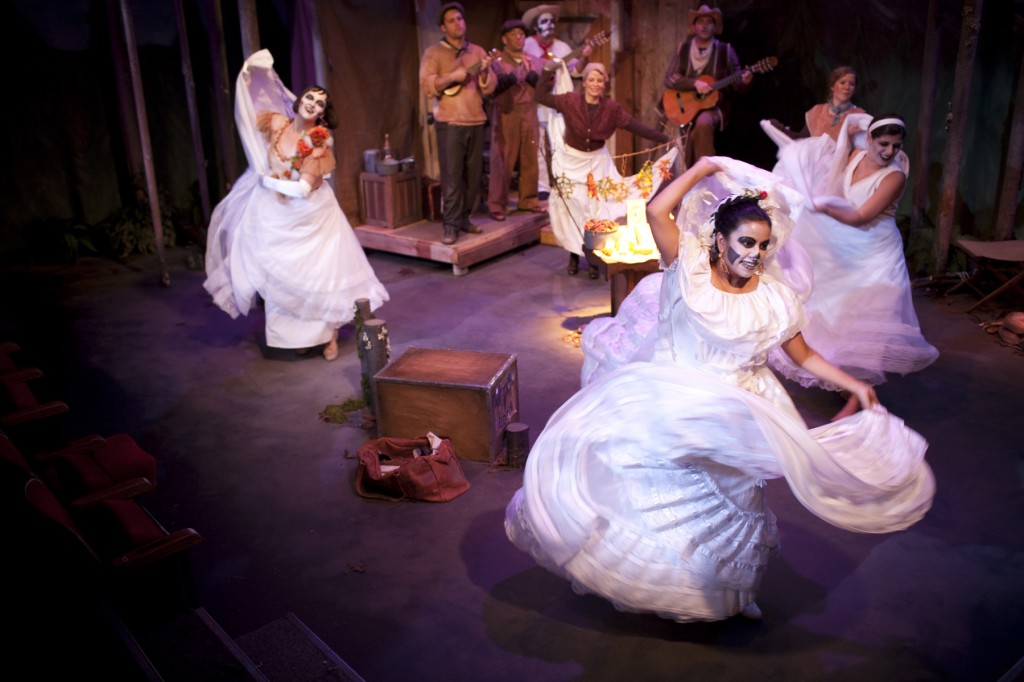



 The Portland Art Museum, in a show assembled by London’s Victoria and Albert Museum, heralds the arrival of China Design Now. (“Now” is really then, but a recent then: The show was aimed to coincide with last year’s Beijing Olympics and to capture the wave of commercial and aesthetic design in the world’s most populous country, a wave that inevitably has since washed on.)
The Portland Art Museum, in a show assembled by London’s Victoria and Albert Museum, heralds the arrival of China Design Now. (“Now” is really then, but a recent then: The show was aimed to coincide with last year’s Beijing Olympics and to capture the wave of commercial and aesthetic design in the world’s most populous country, a wave that inevitably has since washed on.)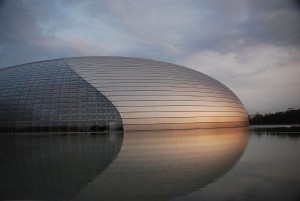 I remember that film well — the extreme, almost ecstatic enthusiasm of China’s musicians; Stern’s encouragement and good will; his sense that the older students and musicians he encountered — the ones who’d spent years being “reeducated” in peasant labor and cut off from contact with Western music — seemed technically correct but lacking passion in their playing.
I remember that film well — the extreme, almost ecstatic enthusiasm of China’s musicians; Stern’s encouragement and good will; his sense that the older students and musicians he encountered — the ones who’d spent years being “reeducated” in peasant labor and cut off from contact with Western music — seemed technically correct but lacking passion in their playing.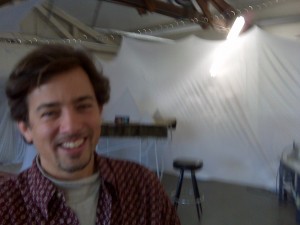 Lectures, tours, workshops, open rehearsals: If it’s a behind-the-scenes peek, we’re there. It’s not enough just to see the finished project. We want to know how it got there.
Lectures, tours, workshops, open rehearsals: If it’s a behind-the-scenes peek, we’re there. It’s not enough just to see the finished project. We want to know how it got there. So let’s take the pressure off and take a relaxed look at how this art stuff really works. That’s part of the idea behind
So let’s take the pressure off and take a relaxed look at how this art stuff really works. That’s part of the idea behind 
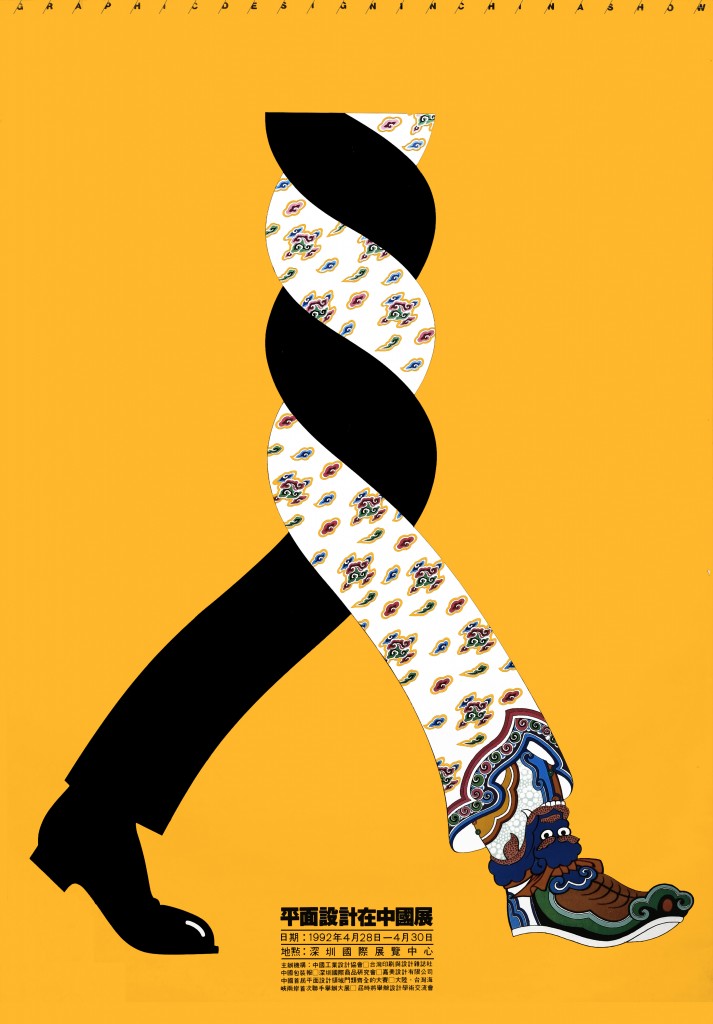 WORDSTOCK. Portland’s annual writers’ frenzy heads into its big weekend at the Oregon Convention Center with talks, workshops and publishers’ booths Saturday and Sunday. About a zillion Northwest writers will join such A-list types as James Ellroy and Sherman Alexie. Jeff Baker ran
WORDSTOCK. Portland’s annual writers’ frenzy heads into its big weekend at the Oregon Convention Center with talks, workshops and publishers’ booths Saturday and Sunday. About a zillion Northwest writers will join such A-list types as James Ellroy and Sherman Alexie. Jeff Baker ran 
 Just $249 for the 32-inch edition, but let’s go whole hog: You can get the 40-inch model, complete with “accurate crow’s nest, metal propellers and railings, and intricate cranes, ventilators, ladders, funnels, steam pipes, benches and skylights,” for $379. It’ll look great on your mant …
Just $249 for the 32-inch edition, but let’s go whole hog: You can get the 40-inch model, complete with “accurate crow’s nest, metal propellers and railings, and intricate cranes, ventilators, ladders, funnels, steam pipes, benches and skylights,” for $379. It’ll look great on your mant …
 The Oregon Cultural Trust organizes Oregon Day of Culture to encourage Oregonians to Celebrate! Participate! Give! in support of Oregon humanities, arts and heritage. Oregon Day of Culture asks Oregonians to consider the every day value of culture in every community.
The Oregon Cultural Trust organizes Oregon Day of Culture to encourage Oregonians to Celebrate! Participate! Give! in support of Oregon humanities, arts and heritage. Oregon Day of Culture asks Oregonians to consider the every day value of culture in every community.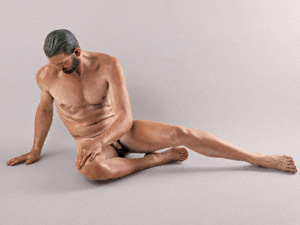 One of Art Scatter’s favorite blogs is
One of Art Scatter’s favorite blogs is  Their latest consideration is another of my favorites at the museum,
Their latest consideration is another of my favorites at the museum, 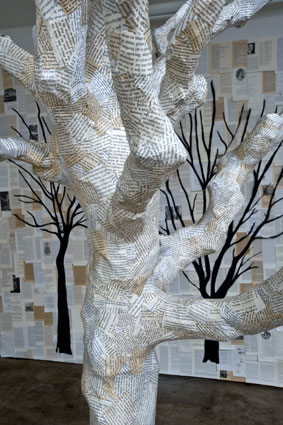 Lots and lots of good writers will be showing up: Glad, for instance, to see that
Lots and lots of good writers will be showing up: Glad, for instance, to see that 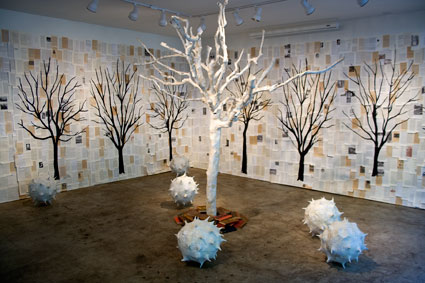
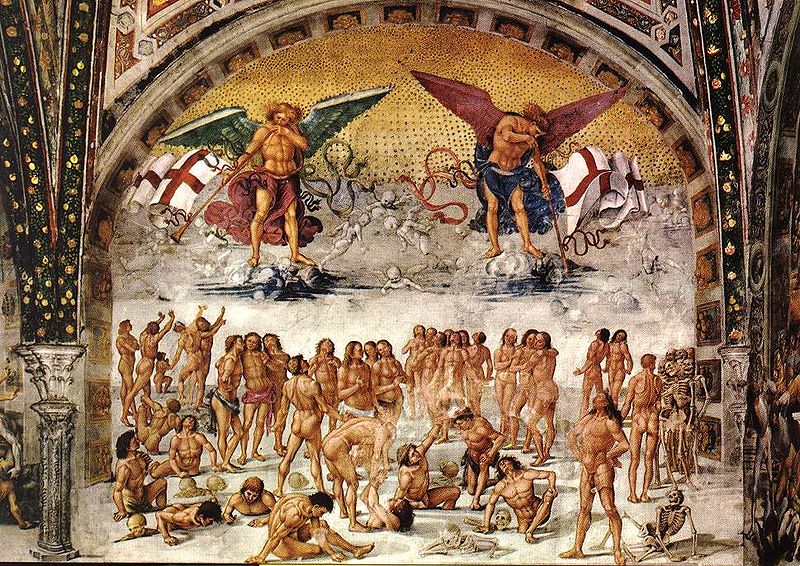
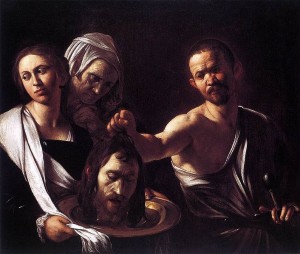 I called it up. And read it aloud. We laughed some more. And everyone urged me to post it as a comment. I still wasn’t sure, but the wine was flowing and the tree was sparkling and the company was cheery and did I mention the wine?
I called it up. And read it aloud. We laughed some more. And everyone urged me to post it as a comment. I still wasn’t sure, but the wine was flowing and the tree was sparkling and the company was cheery and did I mention the wine?